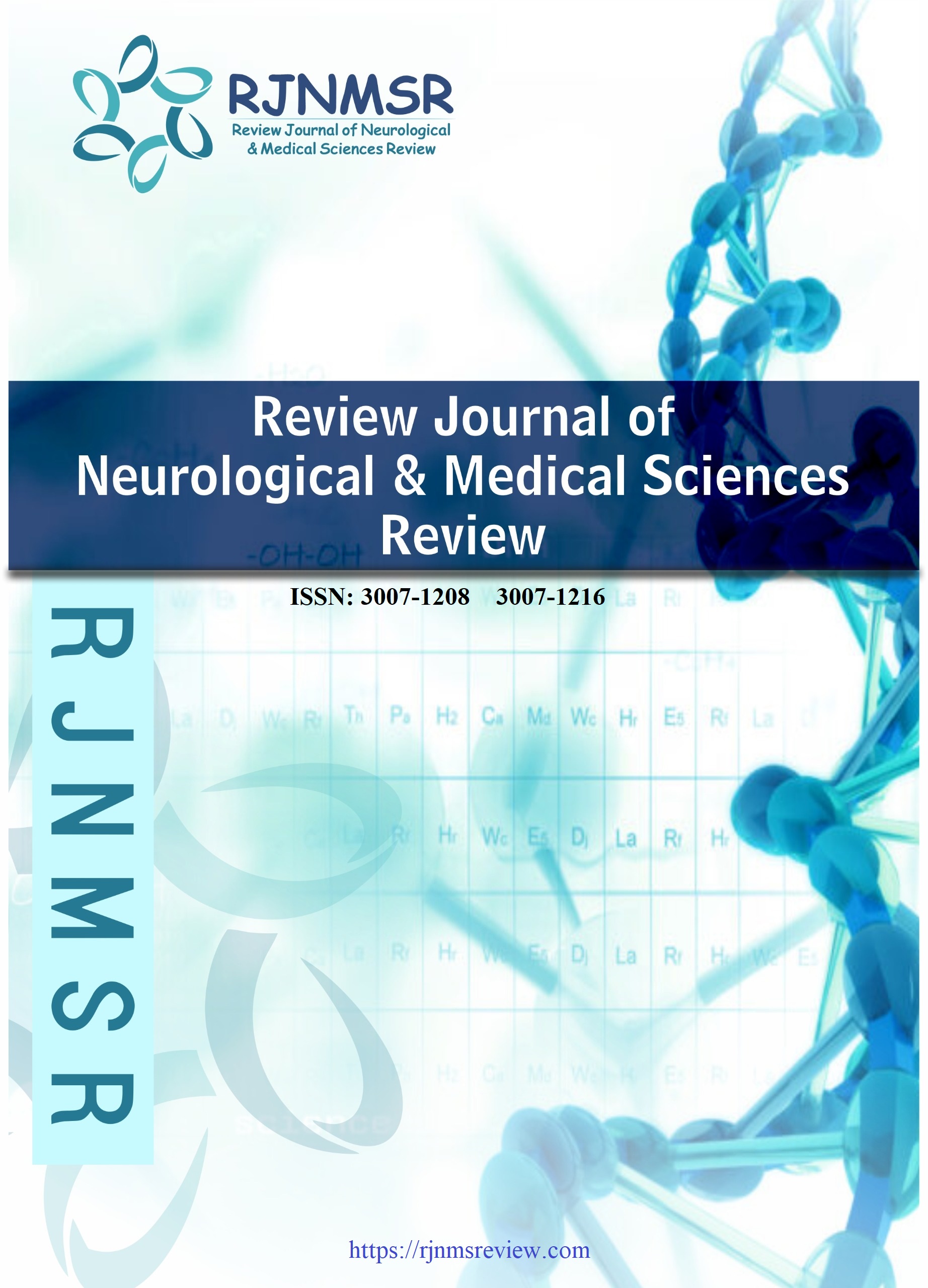An Intelligent Hybrid Framework Using Deep Neural Networks and Image Preprocessing for Accurate Breast Cancer Diagnosis
DOI:
https://doi.org/10.63075/74gxd418Abstract
Breast cancer continues to be a leading cause of mortality among women globally, necessitating the development of accurate, efficient, and early diagnostic methodologies to improve patient outcomes and reduce treatment costs. Traditional diagnostic approaches, such as manual interpretation of mammograms or histopathological slides, are often time-consuming, prone to human error, and dependent on the experience of the medical expert. In this context, artificial intelligence (AI) and medical image analysis have emerged as transformative tools in healthcare, especially in oncology. This paper proposes an intelligent hybrid framework that combines deep neural networks (DNNs) with advanced image preprocessing techniques to enhance the accuracy and robustness of breast cancer diagnosis from medical imaging data. The framework is designed to systematically process and analyze digital mammographic or histopathological images through a multi-stage pipeline. Initially, raw images are subjected to a series of preprocessing operations, including denoising, contrast enhancement, normalization, and region-of-interest (ROI) extraction, in order to eliminate artifacts and highlight diagnostically relevant features. These refined images are then used as input for a convolutional neural network (CNN)-based model that is architected to automatically extract complex features and perform high-precision classification of breast tissue into benign or malignant categories. To validate the effectiveness of the proposed framework, extensive experiments are conducted using publicly available breast cancer imaging datasets, including both mammographic and microscopic image modalities. The model is trained and evaluated using cross-validation protocols, and its performance is assessed using a comprehensive set of evaluation metrics such as accuracy, sensitivity, specificity, precision, F1-score, and area under the curve (AUC). Results demonstrate that the hybrid model consistently outperforms conventional machine learning and end-to-end deep learning models by a significant margin, highlighting the benefits of combining handcrafted preprocessing with data-driven feature learning. In addition to improved diagnostic accuracy, the proposed system offers scalability, adaptability to various imaging types, and the potential for integration into real-time clinical diagnostic tools. The findings of this research contribute to the advancement of computer-aided diagnosis (CAD) systems and support the broader application of intelligent hybrid frameworks in the medical imaging domain. Ultimately, this work underscores the transformative potential of integrating image preprocessing and deep neural networks in developing next-generation tools for early and reliable breast cancer detection.
Keywords: Breast Cancer Diagnosis; Deep Neural Networks (DNN); Image Preprocessing; Convolutional Neural Networks (CNN); Medical Image Analysis; Hybrid Framework; Computer-Aided Diagnosis (CAD); Feature Extraction; Classification; Histopathology Images; Mammography.

